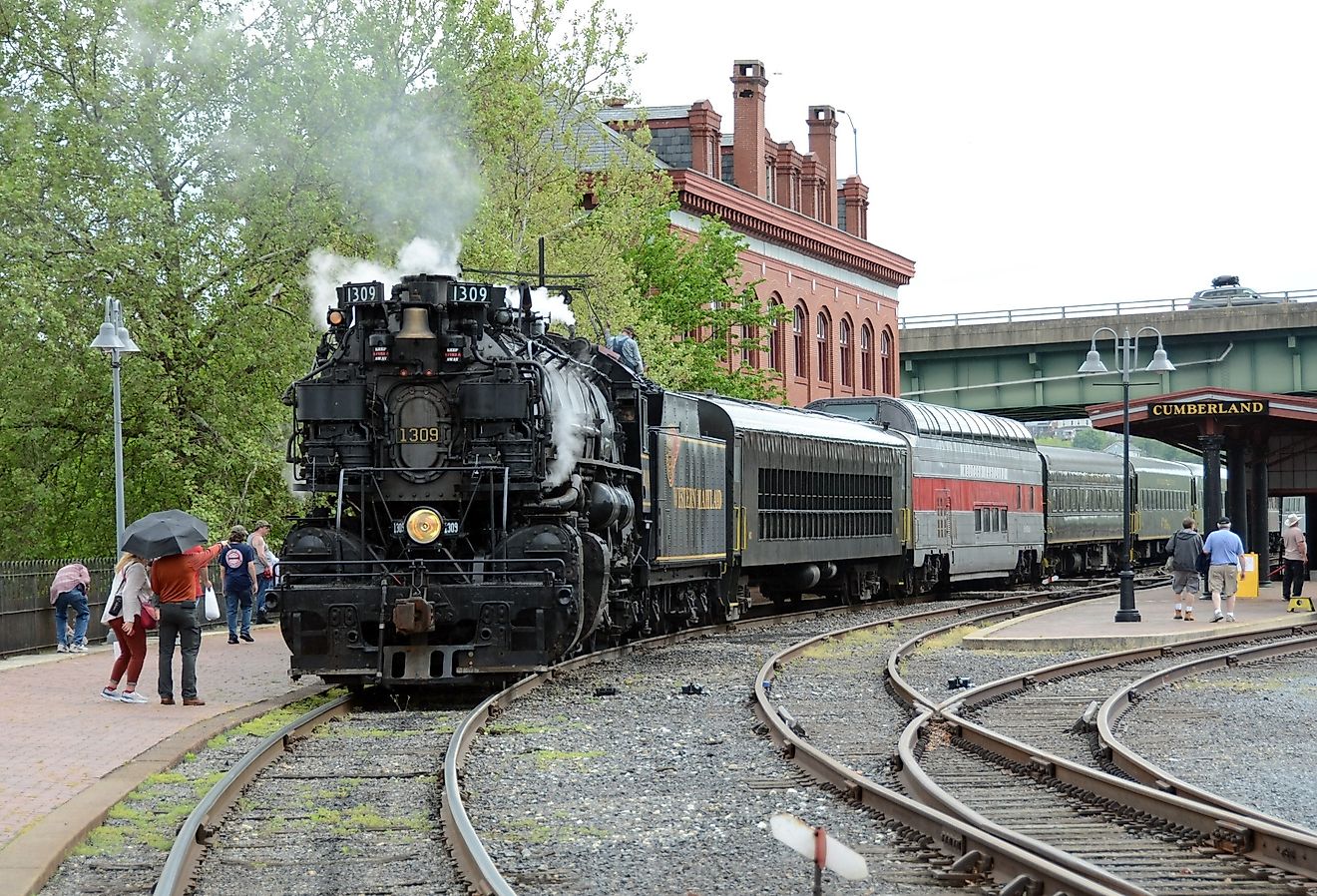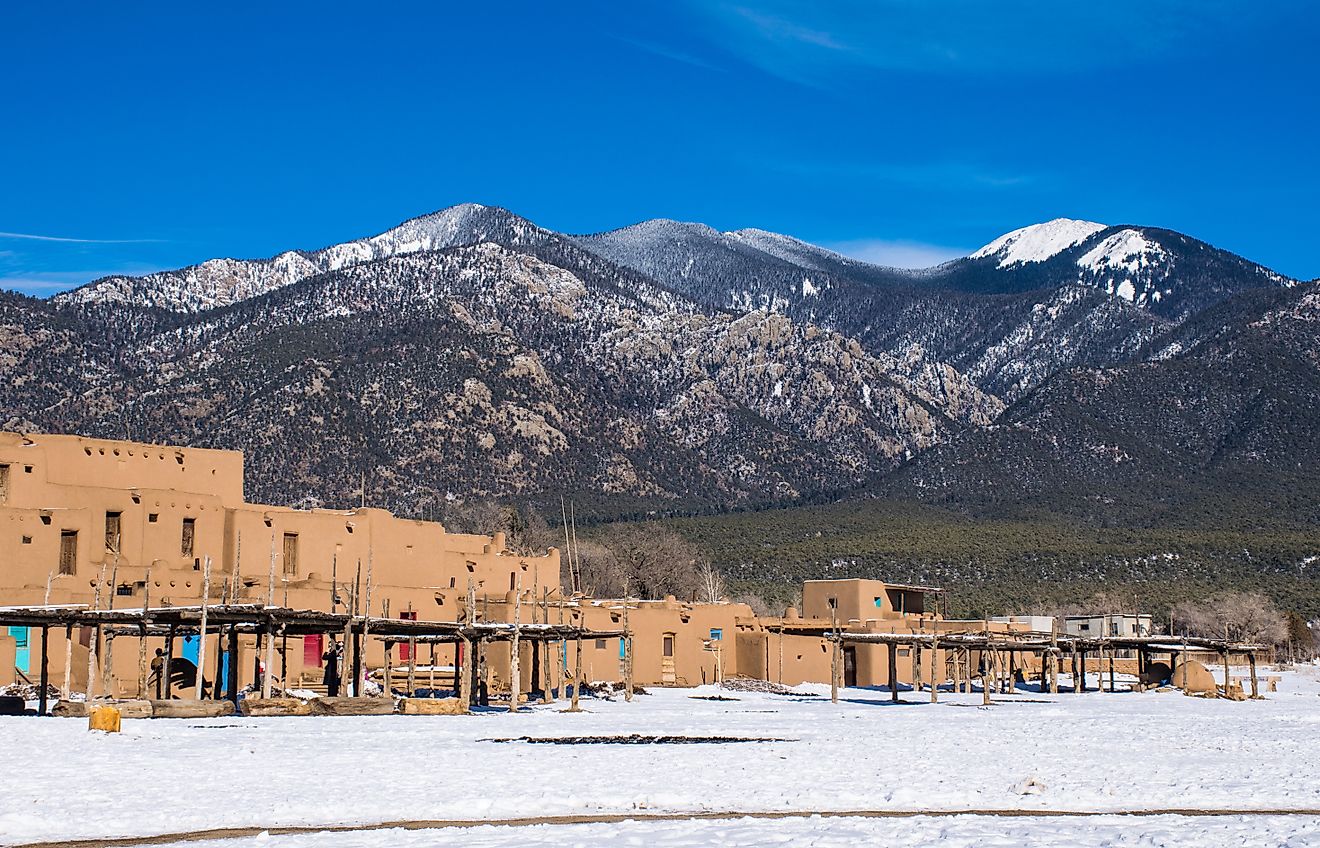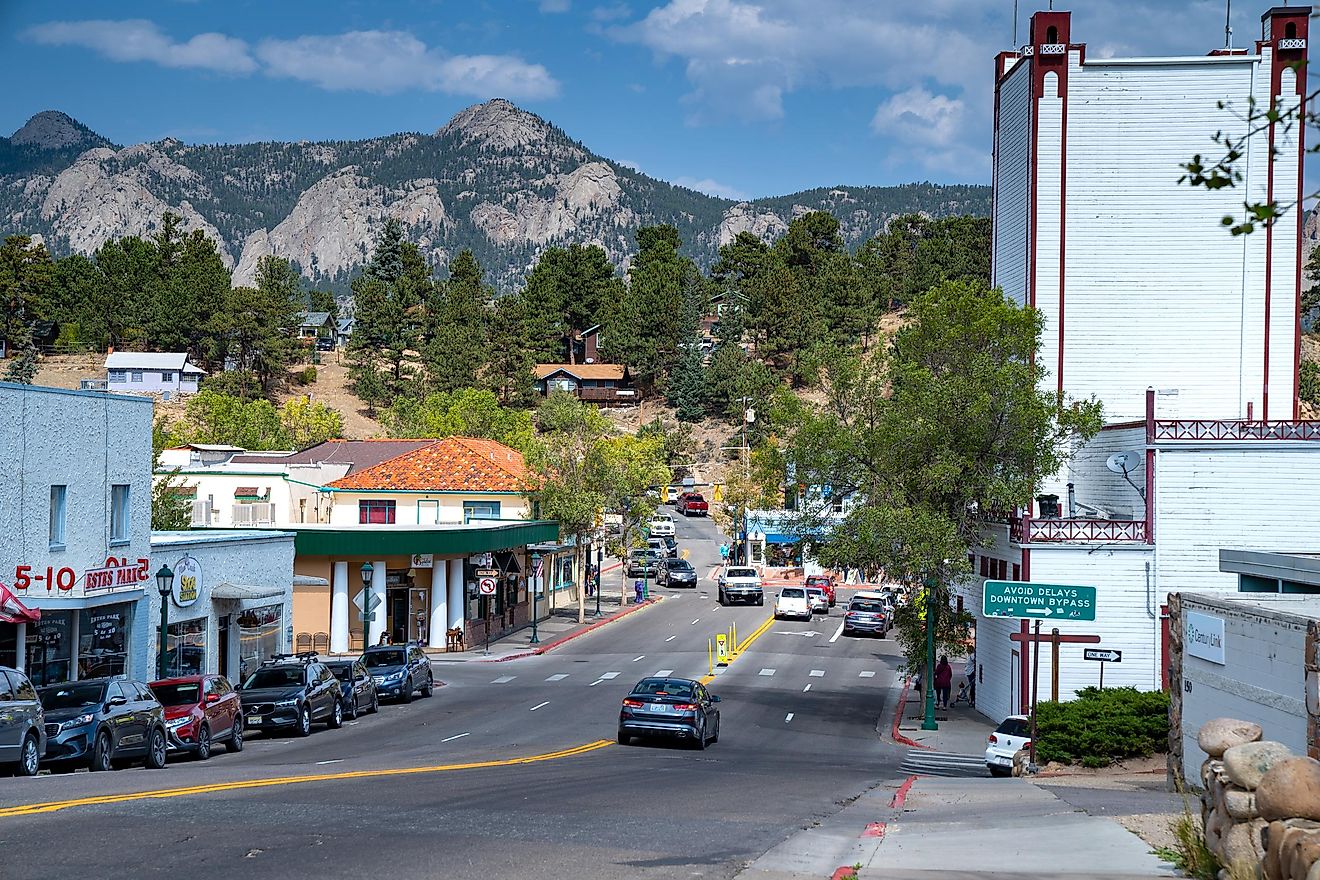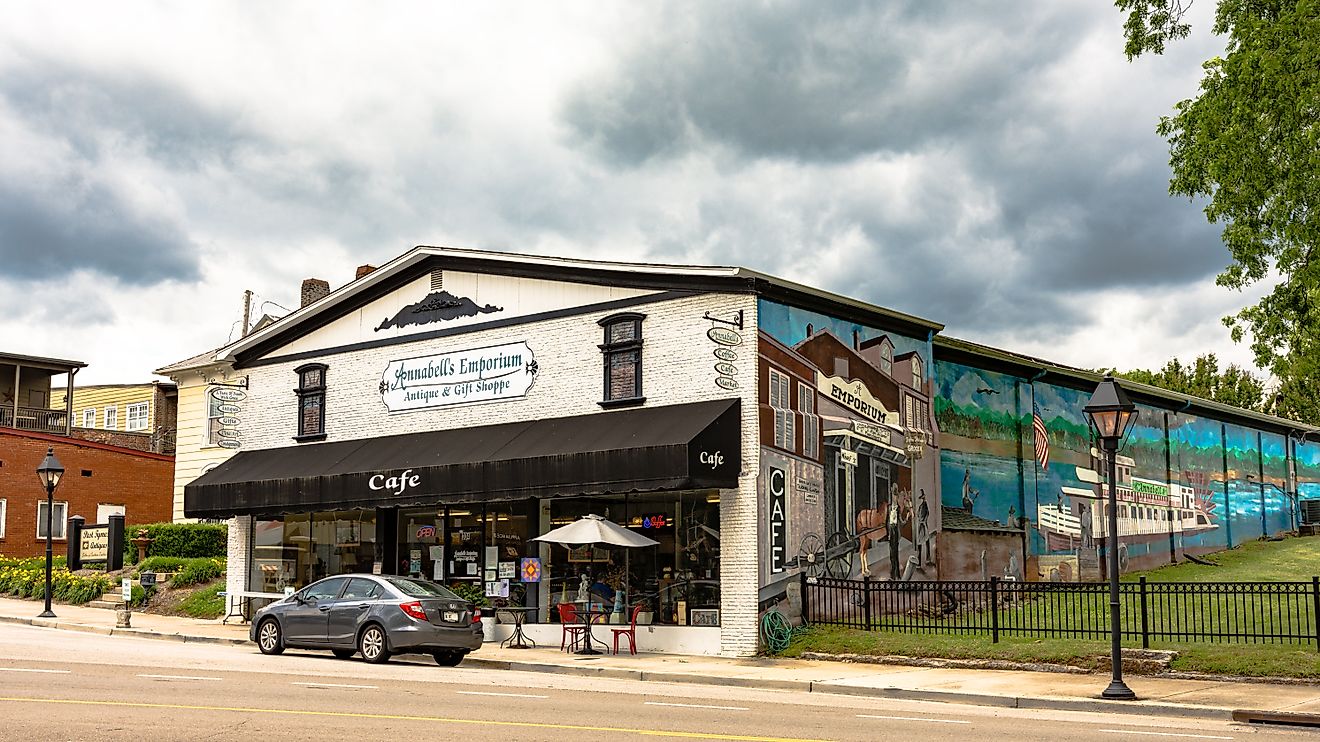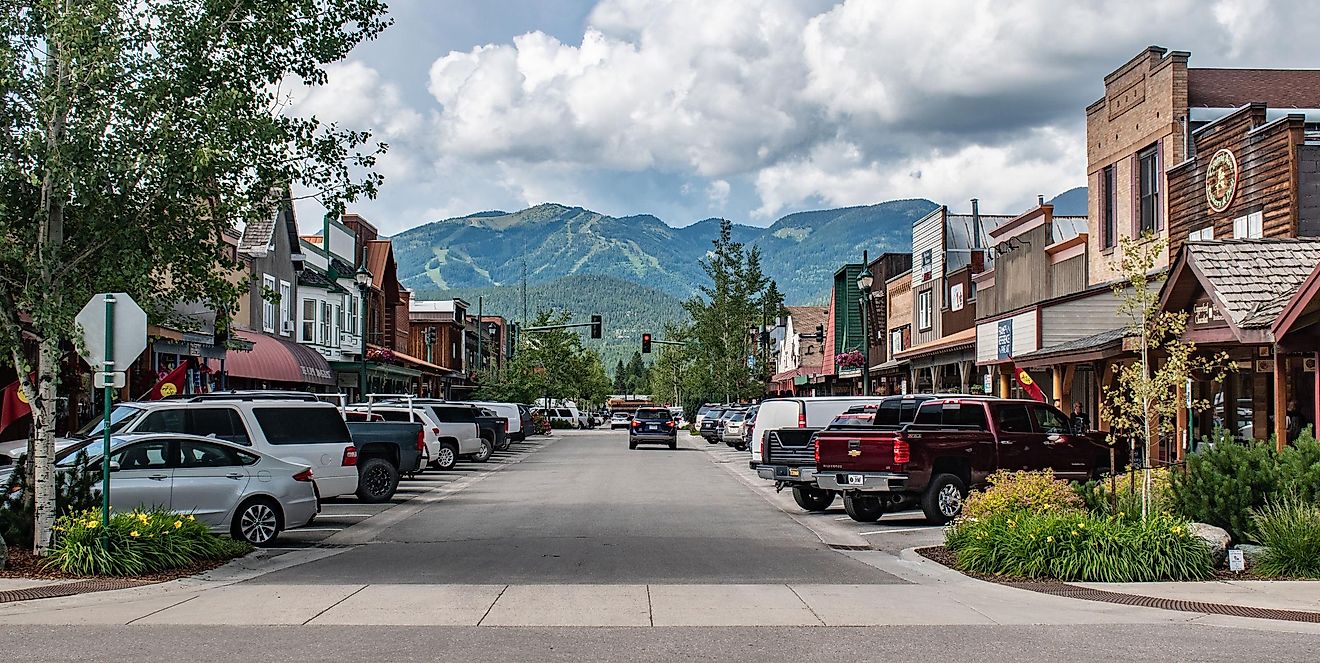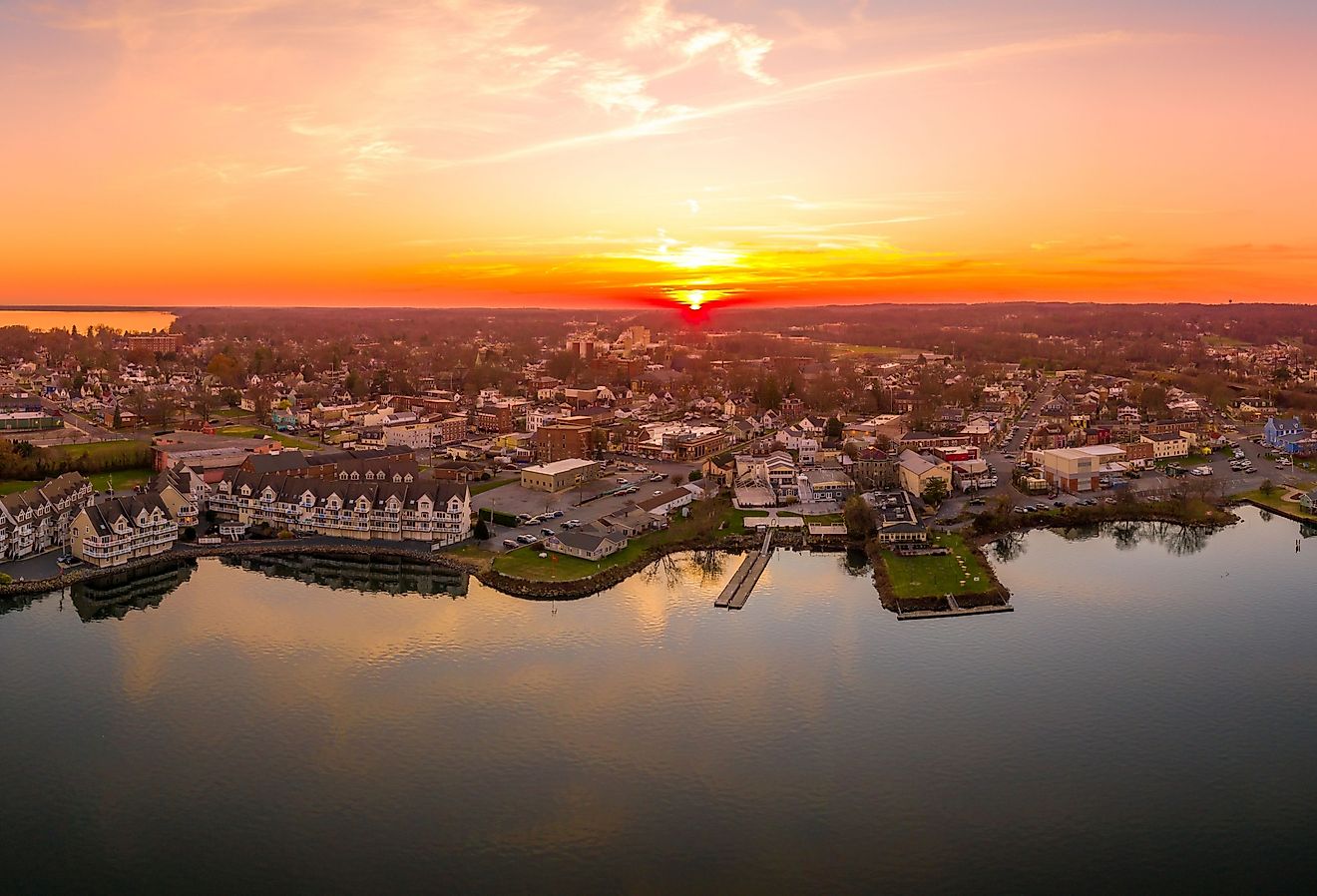
Anchorage, Alaska
Anchorage is the largest city in the state of Alaska, United States of America. It sits in the south-central portion of Alaska, on the Cook Inlet. The city has a population of roughly 290,000, which is almost 40% of the entire state's population. Anchorage is also the fourth largest city in the United States by area, with a land area of some 4,420 square kilometers. Anchorage is the home of the Alaska Native Heritage Center and is a gateway city between the more populated areas of the state and the open tundra and wilderness. Anchorage is also overlooked by the Chugach, Kenai, and Talkeetna mountains, making it an incredibly picturesque city.
Geography Of Anchorage
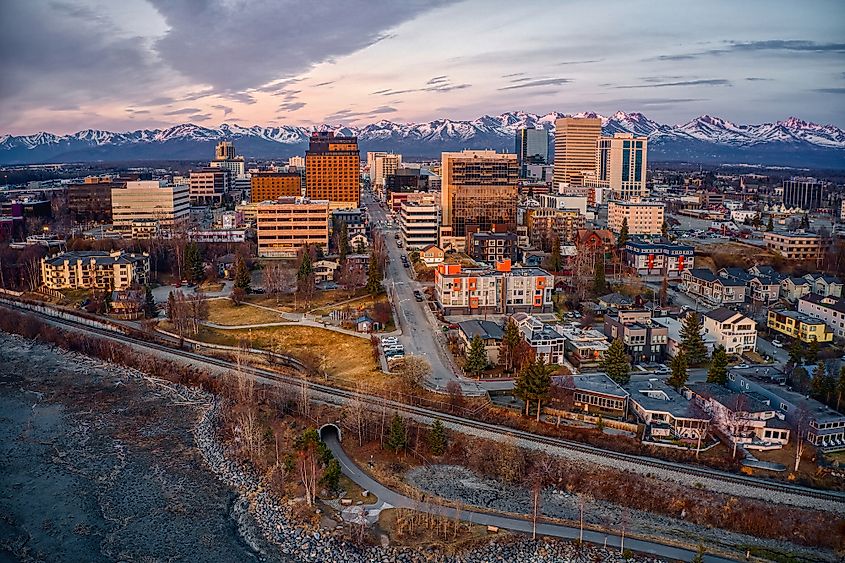
Anchorage sits at 61 degrees north, which means it is 5.5 degrees below the Arctic Circle (66.5% north). The city itself is on a narrow section of coastal lowland that runs along the lower portion of the Chugach Mountains. Point Campbell holds the western section of Anchorage, and this point sticks out into Cook Inlet. The Knik Arm borders the peninsula to the west and north, and the Turnagain arm to the south. Turnagain is known for having some of the highest tides in the world. The city also encompasses a large portion of the Chugach State Park, which includes the Chugach Mountains, while the coastal areas are made up mainly of mudflats, which pose a sinking-sand-like danger. Due to its remote nature, Anchorage is actually the same distance from New York City as from Tokyo or Frankfurt. It is indeed 10 hours by air from nearly 90% of the industrialized world and has therefore become a common refueling station for many cargo planes. A major FedEx hub is also located at the Anchorage airport for this reason.
Climate Of Anchorage
Though it is above the Arctic circle, the climate in Anchorage is milder than some might expect. It has a subarctic climate, but the maritime influences moderate temperatures in the area. The average temperature in the summer is between 13 and 26 degrees Celsius, while the average daytime temperature in the winter is between -15 and -1 degrees celsius. This means Anchorage has a frost-less summer growing season of around 100 days. Precipitation, which is often in the form of snow, is most common in the fall and late summer.
Wildlife Of Anchorage
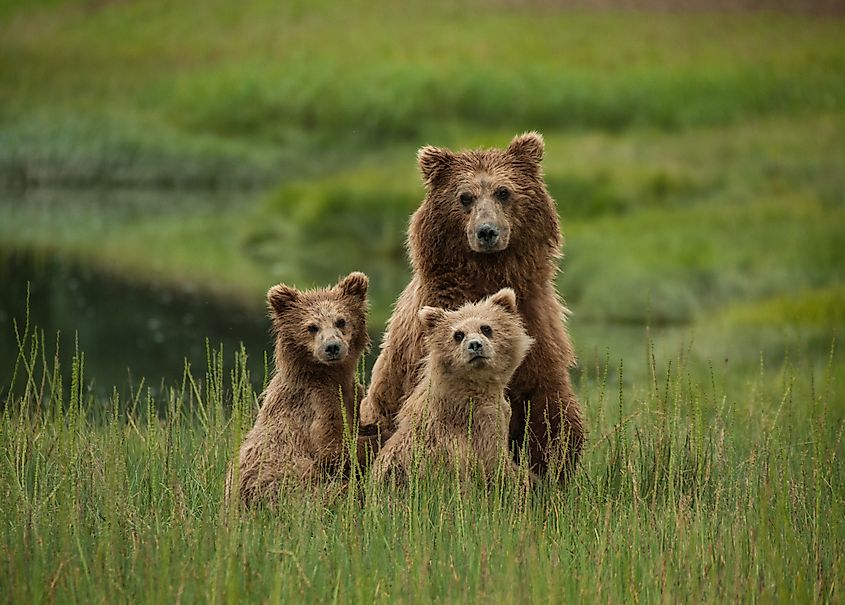
Anchorage has a large variety of wildlife, many of which have robust populations. The remote nature of the region and the lower population of humans means wildlife can live and roam much more freely, even within some of the city areas. Bears, in particular, are common, and some 250 black bears and 60 odd grizzly bears are known to live in the region. Moose are also regularly seen in Anchorage. The population fluctuates greatly depending on the season. The local moose population ranges from roughly 250 in the summer to some 1,000 individuals in the winter. Similarly, thinhorn sheep are common around Anchorage, especially in the area around Windy Point. Northern Timber Wolves can also be found around the city, and it is believed there is a population of roughly 30 wolves that reside there. Other mammals include beavers, lynxes, arctic foxes, rabbits, porcupines, and mountain sheep.
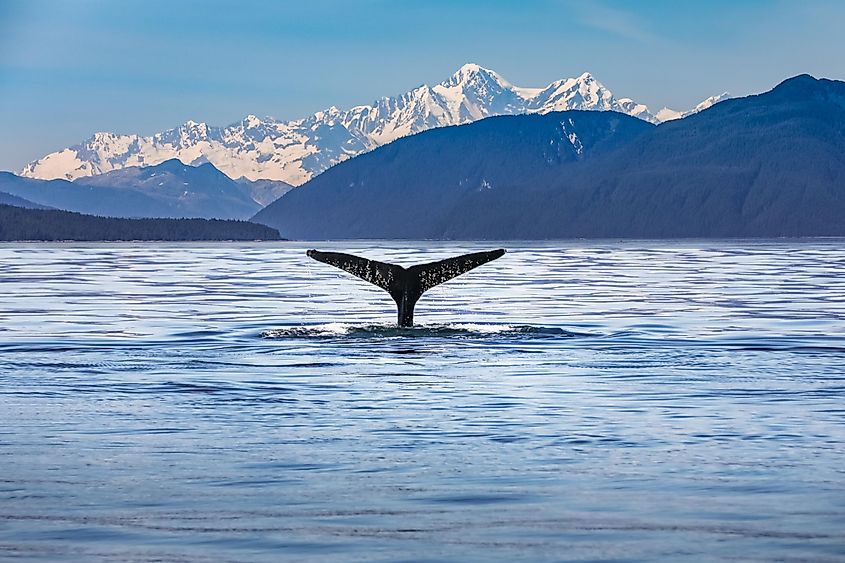
There are also a lot of marine animals off the coast, especially the Seward Highway near Kenai. Beluga whales are frequent in the Turnagain Arm of the inlet, and seals and otters are also found in the area. Salmon are also common here, especially in the streams and rivers and arctic char, grayling, and rainbow trout.
Culture, Arts, Sports, And Recreation In Anchorage
Art
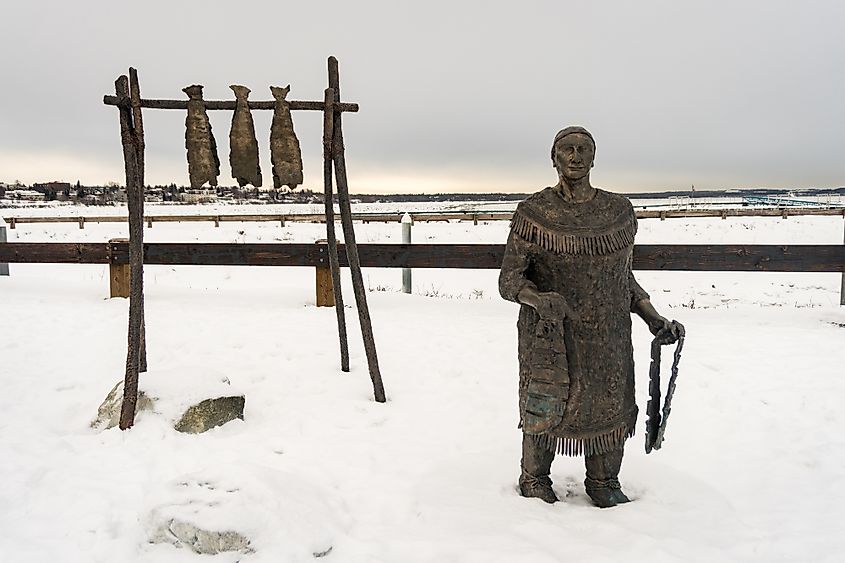
Anchorage has a rich arts culture. The Alaska Center for the Performing Arts is located downtown and is a multi-section complex that hosts various performing arts events and hosts up to 3,000 guests. Eight different resident performing arts companies perform outside the arena, including the Anchorage Symphony Orchestra and the Anchorage Youth Symphony. The center is also the host of the Ice Carving Competition, which is a major attraction for the Fur Rendezvous festival in February. Other cultural facilities in the city include The University of Alaska, Anchorage (which has a strong arts program), the Alaska Native Heritage Center, Alaska Museum of Natural History, Alaska Aviation Heritage Museum, Anchorage Museum at Rasmuson Center, Oscar Anderson House Museum, and the Wells Fargo Alaska Heritage Library & Museum.
Sports
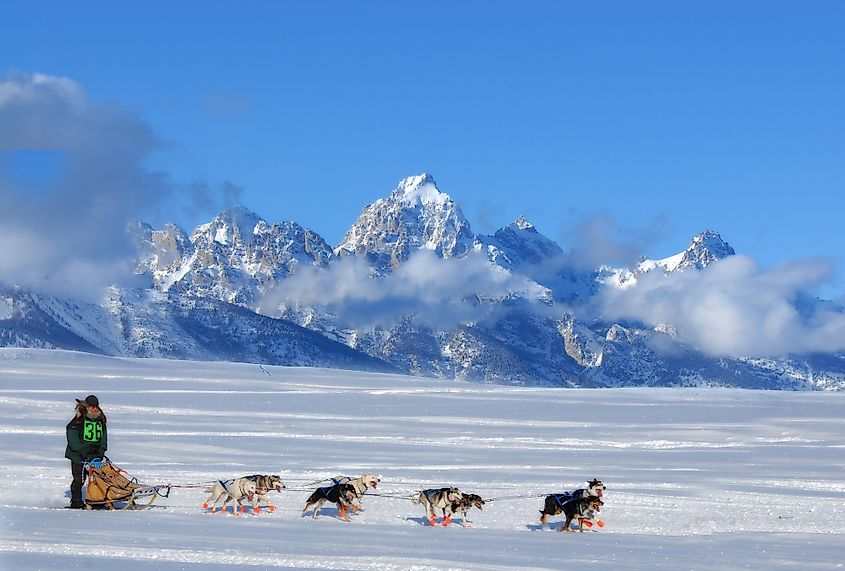
Anchorage is also well known for its arctic sports. The famous Iditarod Trail Sled Dog Race begins in downtown Anchorage, and the city also hosts the Fur Rendezvous Open World Championship Sled Dog Races, a three-day dog sled sprint event. Anchorage is also home to the Alaska Baseball League, which includes the Anchorage Bucs, Anchorage Glacier Pilots, and the Chugiak-Eagle River Chinooks. Anchorage also hosted the Alaska Aces's ECHL hockey team until 2017, with great success, but the team was later moved to Maine. In 2021 Anchorage gained a new hockey team in the form of the NAHL expansion team Anchorage Wolverines.
Four rugby clubs also call Anchorage home: the Bird Creek Barbarians RFC, Anchorage Thunderbirds, Mat Valley Maulers RFC, and Spenard Green Dragons. Additionally, Anchorage is the finish line for the Sadler's Ultra Challenge wheelchair race.
Parks
Anchorage has several parks, recreational facilities, and wildlife refuges. Recreational facilities include the Alaska Native Heritage Center and the Alaska Botanical Garden, which is home to some 900 species of perennials and 150 native plants. Wildlife facilities and natural spaces are the Alaska Zoo, Alaska Wildlife Conservation Center, and Anchorage Coastal Wildlife Refuge. There are also park spaces such as Delaney Park Strip, Kincaid Park, Point Woronzof Park, Flattop Mountain Recreation Area, and Westchester Lagoon/Margaret Eagan Sullivan Park.
Recreational facilities include the popular Arctic Valley Ski Area, Alyeska Resort, Hilltop Ski Area, and Tony Knowles Coastal Trail, all of which celebrate Anchorage's natural landscape and the stunning beauty of the Alaskan wilderness.

